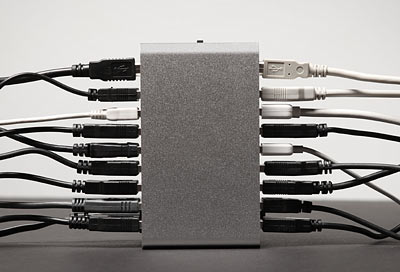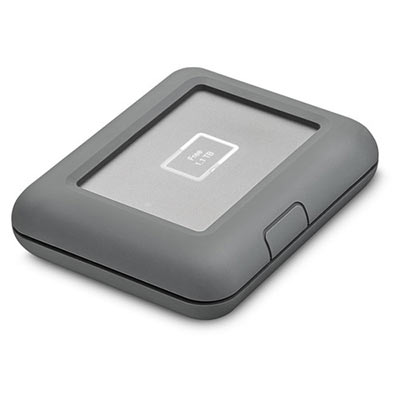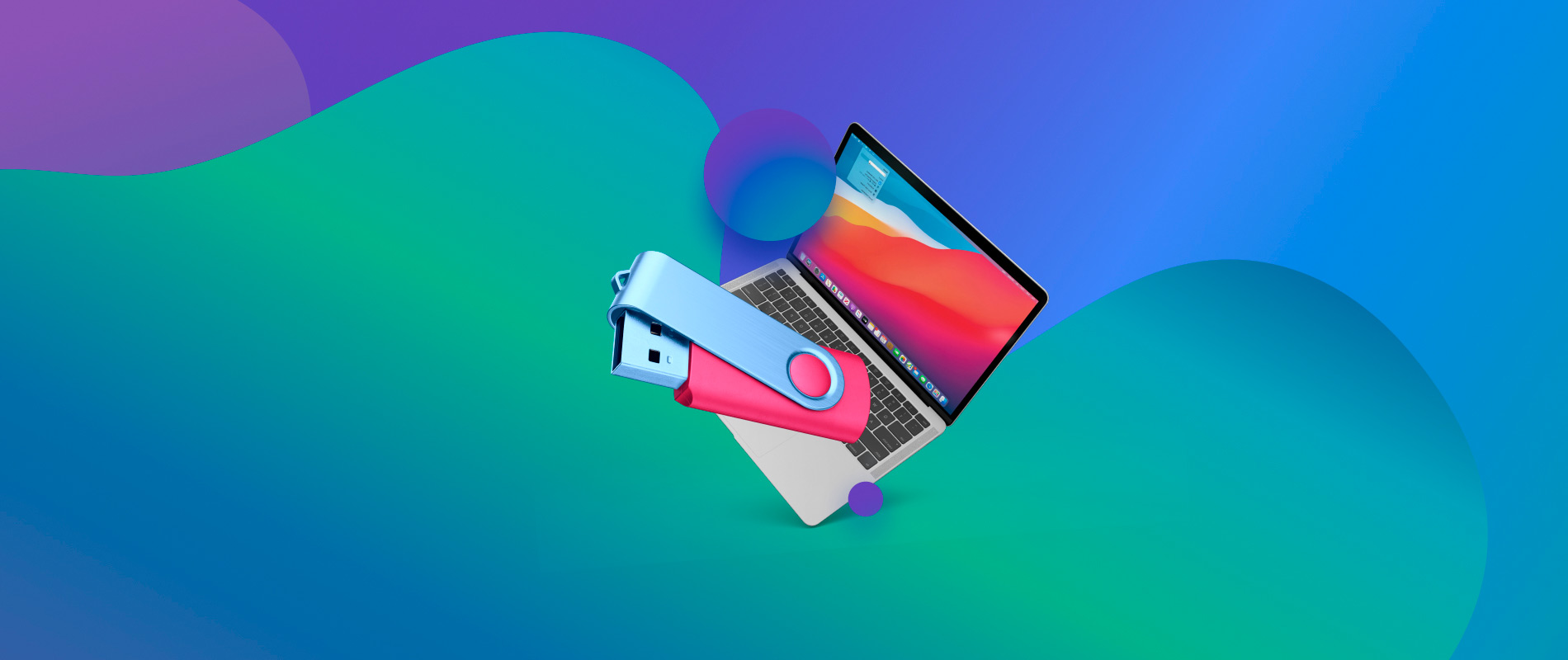

- BEST USB 3 DRIVES FOR EDITING MAC FOR MAC
- BEST USB 3 DRIVES FOR EDITING MAC MAC OS
- BEST USB 3 DRIVES FOR EDITING MAC WINDOWS
So, how do you choose the best audio interface for you and your studio? Well, you start with this guide, of course! Here, we'll tell you everything you need to know, and recommend some of the best audio interfaces you can buy right now - with options covering everything from multi-input Thunderbolt options, to great entry-level USB audio interfaces, plus great audio interfaces for Mac users.

Right now there are loads of audio interfaces on the market, all offering different features to grab your attention. Follow the on-screen instructions when the New Simple Volume Wizard appears.Once you've decided on the right audio interface for your needs you’ll be able to connect everything from microphones and electric guitars, to synthesizer and other instruments – perhaps even MIDI equipment, too – and you'll have no problem hooking up a pair of studio monitors or plugging in your studio headphones. To create a new partition, right click on the volume and select New Simple Volume.If it is currently formatted, right click on the partition and then choose Delete.

The partition must be available to format.From the list of storage devices in the middle of the Disk Management window, locate your LaCie device.In the search results, double-click Disk Management. Go to Search and then type diskmgmt.msc.Make sure the storage device is connected to and mounted on the computer.

BEST USB 3 DRIVES FOR EDITING MAC WINDOWS
A FAT32 partition can reach up to 32GB when formatted on a Windows PC. However, FAT32 is a legacy file system designed for low capacity hard drives and it is not recommended for modern hard drives or operating systems. exFAT is not a journaled file system which means it can be more susceptible to data corruption when errors occur or the drive is not disconnected properly from the computer.įAT32-Compatible with Mac and Windows.
BEST USB 3 DRIVES FOR EDITING MAC MAC OS
Mac OS Extended (HFS+)-The native hard drive file system for macOS. macOS can read NTFS volumes but cannot natively write to them. Use Disk Management (Windows) or Disk Utility (Mac) to format your drive in non-native formats. Format your drive for optimal performance with just a few simple clicks.


 0 kommentar(er)
0 kommentar(er)
